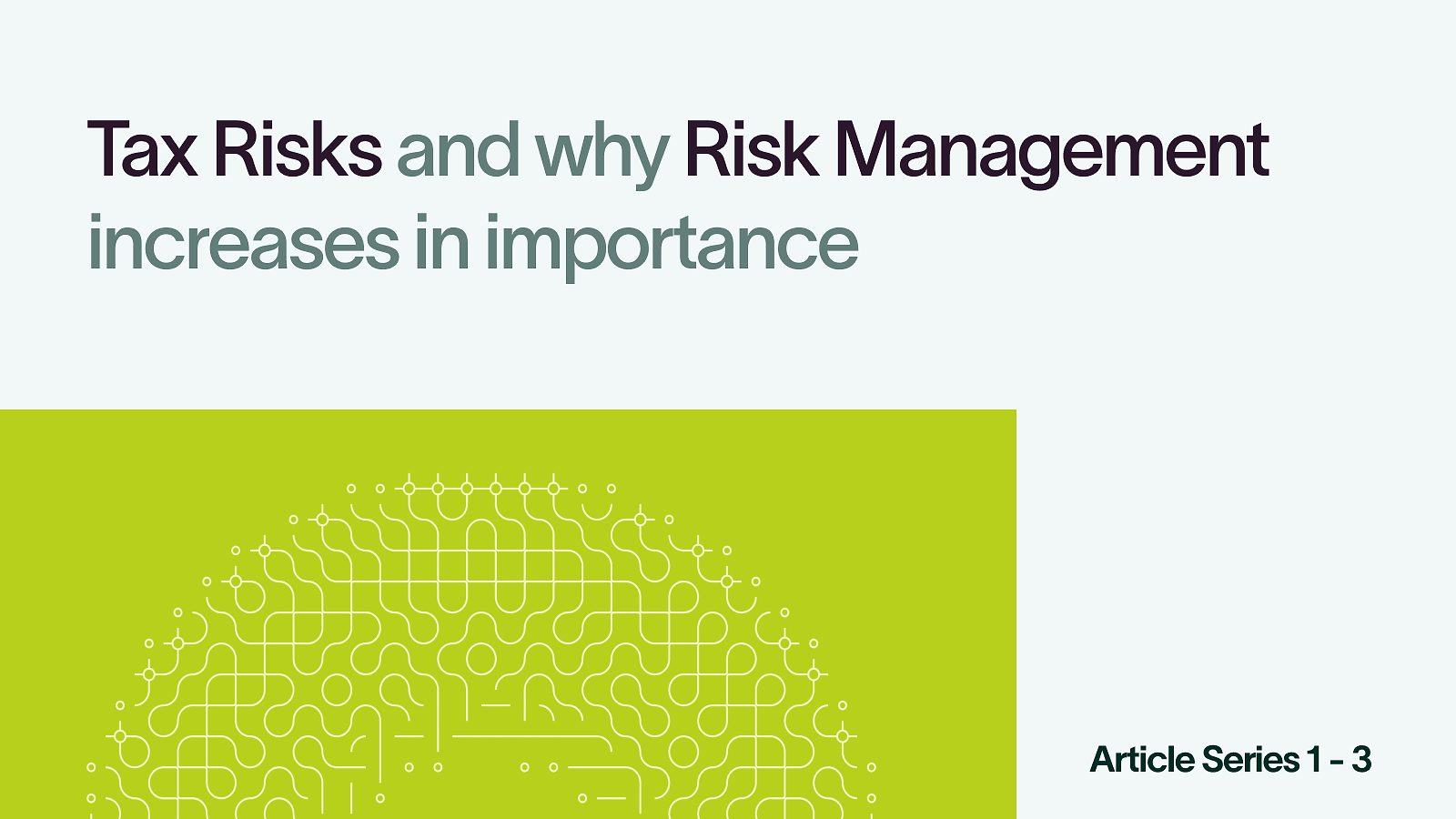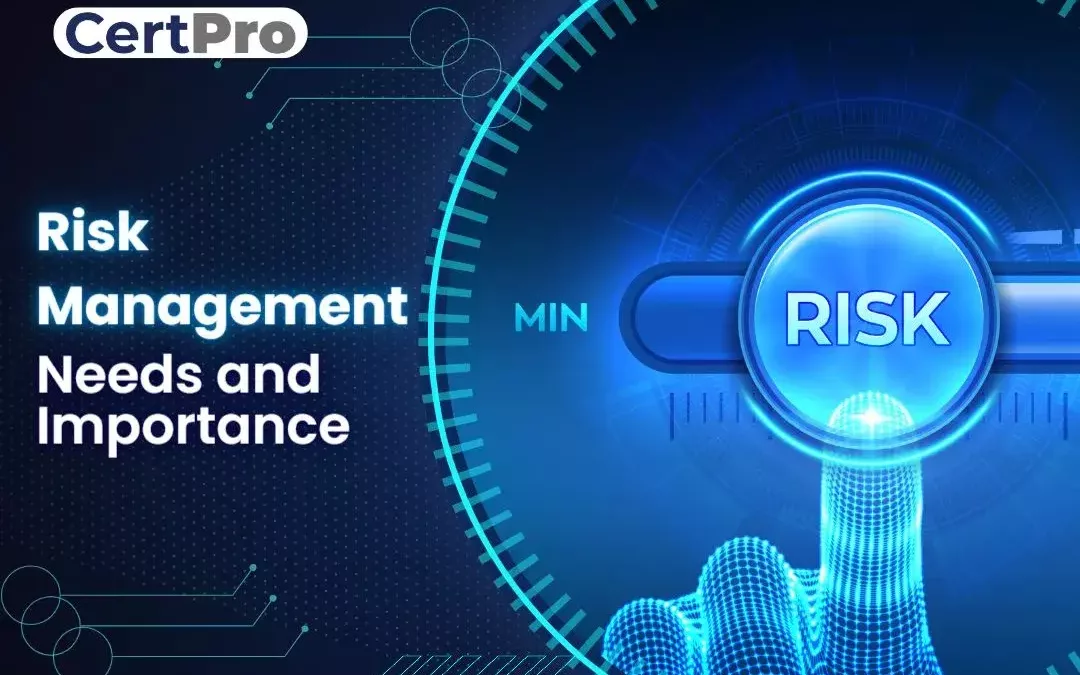The Influence of the Importance of Risk Management on Business Governance
Wiki Article
Exploring the Value of Risk Management for Effective Decision-Making Methods
In the elaborate globe of business, Risk Management emerges as an important consider the decision-making procedure. The ability to determine possible risks and possibilities, and strategize as necessary, can mean the distinction in between success and failure. With tools such as SWOT and PESTEL, companies are equipped to make enlightened options, fostering durability and versatility in an ever-changing setting. Wondering how this works? Allow's unload the characteristics further.Understanding the Concept of Risk Management
Risk Management, an important component in decision-making, is often misinterpreted or oversimplified. Typically, it describes the recognition, analysis, and prioritization of threats to decrease, monitor, and control the probability or impact of unfavorable events. Nevertheless, it's not simply regarding stopping unfavorable end results, however also about recognizing potential opportunities. Risk Management includes self-displined and organized techniques, using data and insightful analyses. It calls for a detailed understanding of the organization's context, objectives, and the possible dangers that could thwart them. From financial uncertainties, lawful responsibilities, calculated Management mistakes, to mishaps and all-natural calamities, it deals with different risks. Notably, efficient Risk Management is not stagnant; it's a continual, forward-looking procedure that progresses with changing circumstances.The Duty of Risk Management in Decision-Making Processes
In the world of tactical preparation and organization procedures, Risk Management plays an indispensable role in decision-making procedures. It assists in identifying prospective threats and unpredictabilities that can affect the accomplishment of organization objectives. By tracing these dangers, firms can formulate methods to minimize their impact, making certain business continuity and stability. Risk Management hence becomes an important tool in decision-making, assisting leaders to make enlightened choices based on a detailed understanding of the threats entailed. It urges an aggressive approach, enabling companies to anticipate and prepare for possible future scenarios. This substantially minimizes the probability of adverse repercussions, advertising a lot more effective and reliable decision-making strategies. For that reason, Risk Management functions as a crucial element in the decision-making processes of any company.
Exactly How Risk Management Enhances Strategic Planning
In the context of calculated preparation, Risk Management plays a pivotal function. Starting with the identification of possible dangers, it even more reaches the application of Risk reduction steps. The role of Risk Management is vibrant yet not static, as it requires consistent tracking and adjusting of methods.Identifying Possible Dangers

Implementing Risk Reduction
Having established the significance of determining prospective dangers, the following action is to check out Risk reduction. This procedure involves developing and implementing strategies to manage identified risks efficiently. It is an important facet of calculated preparation as it boosts decision-making by lessening possible adverse end results. Risk reduction methods view publisher site can vary from Risk evasion, Risk transfer, to take the chance of reduction. Each strategy needs to be tailored to the particular Risk, considering its potential effect and the organization's Risk resistance. In addition, efficient Risk mitigation requires a deep understanding of the Risk landscape and the prospective effect of each Risk. This understanding makes it possible for companies to prioritize threats and allot resources effectively, making sure that one of the most considerable risks are dealt with initially.Surveillance and Adjusting Approaches
Though Risk reduction is a critical action in critical preparation, continual surveillance and change of these strategies is equally essential. It also provides an opportunity to assess the success of the Risk Management measures, allowing adjustments to be made where necessary, further improving strategic preparation. Surveillance and readjusting Risk Management methods is an essential part for improving an organization's durability and strategic preparation.Case Studies: Successful Risk Management and Decision-Making
Worldwide of company and financing, successful Risk Management and decision-making often work as the columns of flourishing ventures. One such entity is an international oil business that alleviated monetary loss by hedging against varying oil prices. In an additional circumstances, a tech startup thrived by identifying and approving risky, high-reward techniques in an unstable market. An international financial institution, faced with regulative uncertainties, efficiently navigated the situation via proactive Risk assessment and vibrant decision-making. These situations highlight the value of sharp Risk Management in decision-making procedures. It is not the absence of Risk, however the Management of it, that frequently distinguishes successful firms from not successful ones. These situations underscore the critical function of Risk Management in tactical decision-making. importance of risk management.Tools and Strategies for Effective Risk Management
These devices, such as Risk signs up and warmth maps, help in recognizing and assessing potential risks. Risk reaction techniques, an essential element of Risk Management, entail accepting, preventing, transferring, or mitigating threats. With these tools address and methods, decision-makers can navigate the complicated landscape of Risk Management, thus assisting in educated and efficient decision-making.Future Patterns in Risk Management and Decision-Making Strategies
As we explore the vast landscape of Risk Management, it ends up being apparent that the techniques and devices utilized today will certainly continue to evolve. Future trends aim in the direction of a raised dependence on innovation, with man-made intelligence and artificial intelligence playing considerable functions. These technologies will certainly allow organizations to forecast prospective dangers with greater precision and make more informed decisions. Additionally, there will certainly be a growing emphasis on durability, not just in taking care of dangers but additionally in bouncing back from unfavorable situations. Lastly, the idea of Risk culture, where every click participant of a company realizes and involved in Risk Management, will certainly get more importance. These fads advertise a more inclusive and aggressive method in the direction of Risk Management and decision-making.Final thought

Risk Management therefore comes to be a vital device in decision-making, aiding leaders to make educated options based on an extensive understanding of the risks involved. Risk mitigation techniques can vary from Risk evasion, Risk transfer, to risk decrease (importance of risk management). Efficient Risk reduction needs a deep understanding of the Risk landscape and the possible effect of each Risk. Risk reaction techniques, a vital part of Risk Management, entail accepting, avoiding, moving, or mitigating risks. The principle of Risk culture, where every participant of a company is aware and included in Risk Management, will obtain a lot more prominence
Report this wiki page